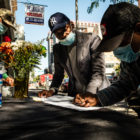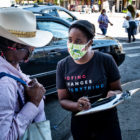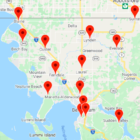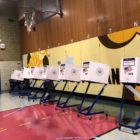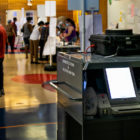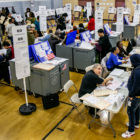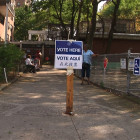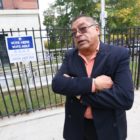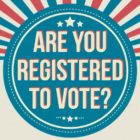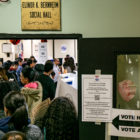Election 2020
Snags in Cuomo’s Bid to Restore Parolees’ Voting Rights
Roshan Abraham |
Under conditional pardons the governor began issuing in 2018, more than 60,000 people on parole had their voting rights restored. But only a few thousand have registered to vote, and more than 10,000 have lost their rights because of parole violations.


